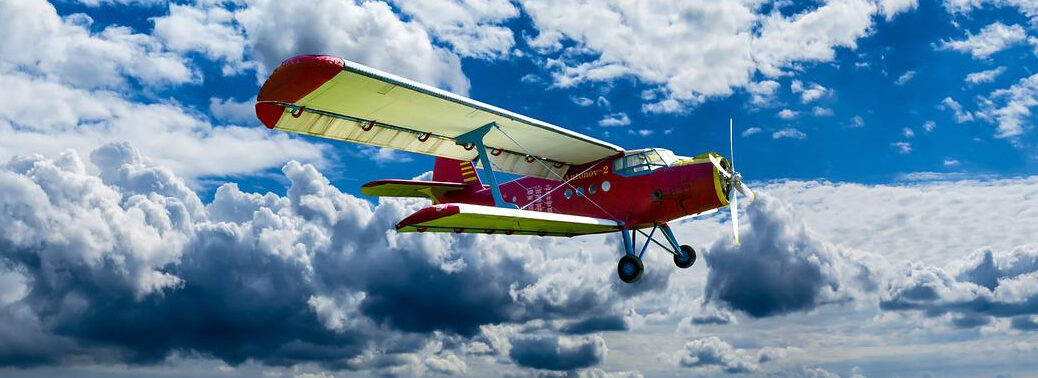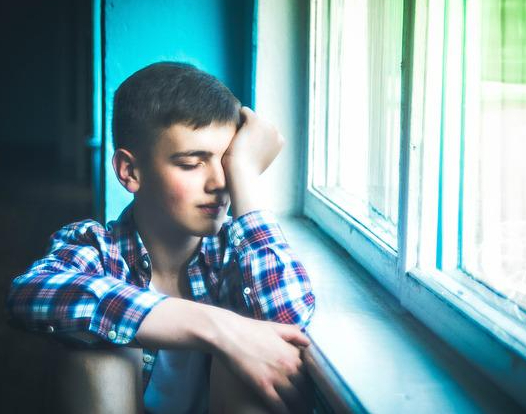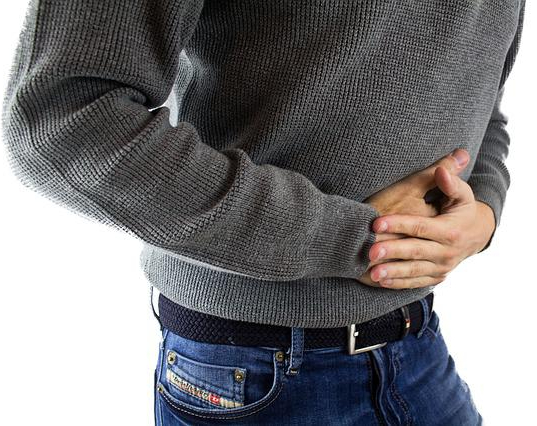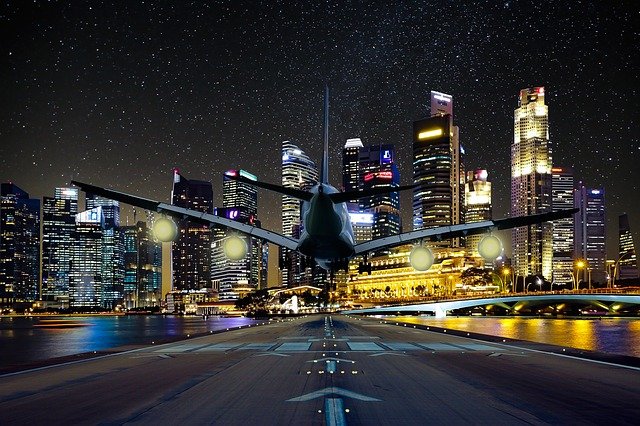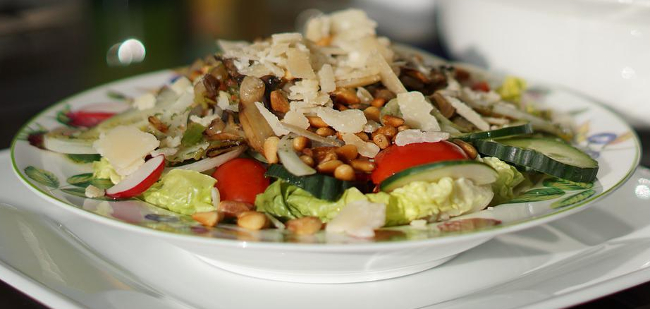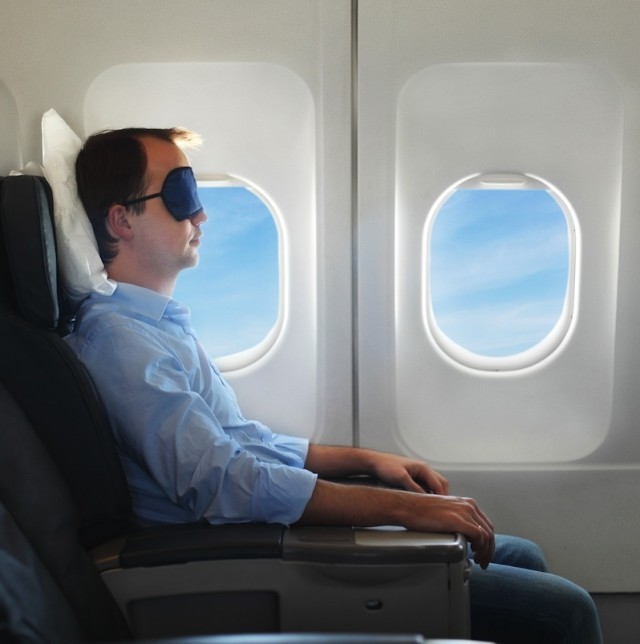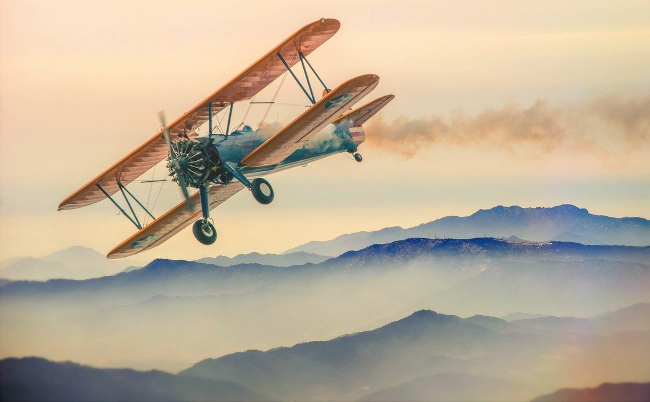I’ve been tuned into staying hydrated even more this summer than in the past. Why is that? Climate change? Getting older?
True, younger bodies can withstand more abuse, and maybe younger people ignore the symptoms of dehydration.
Whatever the case, ‘eating the rainbow’ to ensure proper electrolyte levels are maintained, has only partially mitigated foot and leg cramping issues at my house.
If we are not properly and consistently hydrated, those attention-grabbing cramps will wake us up out of a sound sleep.
Which leads me to this whole getting-dehydrated-and-suffering-from-jet-lag thing. After flying home on two, 5.5-hour flights heading East, this is foremost on my mind and body.
Dehydration and jet lag share many of the same signs and symptoms:
Fatigue and general malaise
Being sleepy during the day
Wacky sleep cycles
Fuzzy/full feeling brain
Headache
Tummy issues: Gas, bloating, constipation, or diarrhea
Decreased physical activity
Our bodies need water for smooth functioning of the hormones involved with maintaining our internal clock/circadian rhythm.
No wonder dehydration and jet lag go together.
Did you know that the 12% humidity in an airplane is lower than the 25% humidity in the Sahara Desert?
Coupled with the lower ambient air pressure of airplanes – which causes us to breathe more often to get in enough oxygen – we lose more moisture just breathing on a plane.
A 1.5 – 2-liter loss of water is average for a 10-hour flight. This is happening even if you are drinking plenty of water.
Dehydration is a real thing.
Given that most people are mildly dehydrated most of the time while on the ground, and that we try to curtail drinking much fluid on planes because we don’t want to use those micro-lavatories, it’s easy to see why, even on shorter flights, we feel yucky after flying.
Most of the food eaten onboard is devoid of water, as well: nuts, pretzels, and crispy cookies.
What to do?
After checking for advice from flightfud (they are selling water additives), Cleveland Clinic, John’s Hopkins, and Conde Nast Traveler, I can share these recommendations:
Preflight:
Make sure you start out well hydrated – at least 8 glasses of water a day or two in advance of departure – more if you are sweating.
For Eastbound flights – go to bed earlier a few days prior
For Westbound flights – stay up later
In flight:
Bring your own water bottle. Either fill an empty reusable after the TSA screening or buy a bottle. Consider adding electrolytes yourself or chose a brand with them.
Sip, don’t guzzle, 8 ounces of water each hour on board, in addition to drinks, from inflight service.
Limit or omit caffeinated beverages as they encourage water loss. This would mean most sodas and coffee. At the very least, limit to one serving per flight and drink an extra glass of water with it.
Limit or omit alcoholic beverages. Again, at the very least, limit to one serving per flight and drink an extra glass of water along with it.
Bring or choose high protein, low fat foods for the flight. Include consuming fruits and salads to increase fluid consumption.
No apologies needed – you are drinking water and that means using the lavatories. This is good on several levels. Regular body movement decreases the risk of blood clots and stirring around every so often makes a happier passenger.
Exercise every hour while you are seated. Knee lifts, flexing and extending feet to help stretch the calf muscles, and butt clenches all get the blood flowing to prevent clots.
After flight:
If you are arriving at your destination early in the morning, sleep as much as possible onboard: and then try to get through the day without napping and retire early.
If you are arriving in the late evening, plan to go to bed shorty after arrival.
A word about sleep aids.
While some people could sleep on a meat hook, others of us have a much harder time sleeping on a plane. Noise canceling headphones and sleep masks could be a boon to getting in a few winks.
Do not use prescription sleep aids without the advice of your doctor – especially if you do not know how you’ll respond to one.
Most prescriptions are geared for 8 hours of sleep, which is probably longer than your flight. You do not want to be awakened in just a few hours and be required to negotiate getting off the plane and through the airport while impaired.
Once you have arrived at your destination, continue to push fluids to stay hydrated and to facilitate recovery from time changes.
Flying is a total body challenge, but there is plenty we can do to help the process.
In health-
Deidre
If you liked today’s post, please share using the options on the MORE button below.
As an Amazon Associate, I earn from qualifying purchases.

